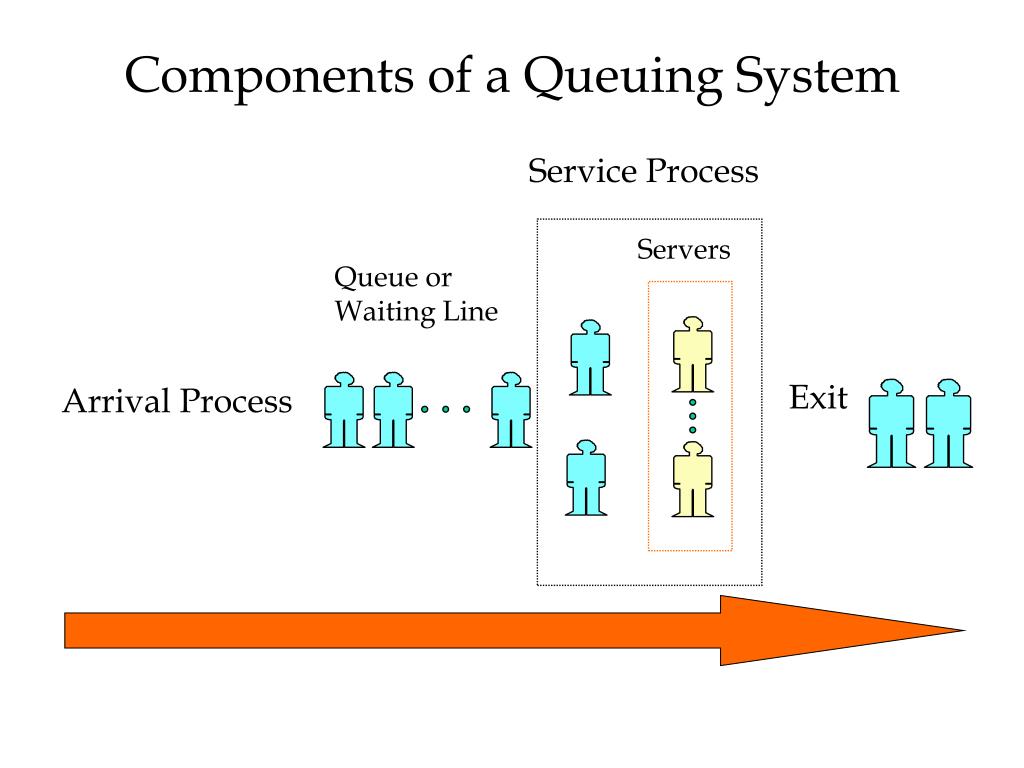

- Queue line systems how to#
- Queue line systems generator#
- Queue line systems manual#
- Queue line systems full#
Mobile queue, virtual queue, and online queue In the busiest places, physical barriers and guides are used to funnel people into a line as they arrive. This is often the case in some forms of retail, taxi queues, ATMs and at periods of high demand in many situations. Where people form a queue in unpredictable and varying locations and directions. Such systems are used in UK supermarkets, for example, where the addition of a 'host' role or Customer Service Manager may occur.
Queue line systems manual#
A more rudimentary (or in some cases, supplementary) manual element to structured queue management involves the addition of a member of human staff to deliver a system, monitoring structured queue lengths in order to guide people in a queue or to make adjustments to speed up service (e.g.

Very often, queue management systems are set up to manage ticket ranking for a service (with or without a numbered ticket) with identification and thus enable a serene and stress-free waiting.Įxtending the different possibilities, planned reception by appointment and remotely rank allocation on or through Short Message Service can also be included. In the field of facilities management, structured queues are commonly known with different names like "Queue Managers" or "Crowd Controllers" or "Public Guidance Systems".

Here people form a queue in a fixed, predictable position, such as at supermarket checkouts, and other retail locations such as banks or airport security. People siting and not lineup anymore, with this better service system, the penetration rate of queue management system is 100% in some industries/countries it is a must have system in these sites. and proceed to the service counter when called, there are no more physical lineup. Most of the Queue management systems are ticket based currently, customers take a ticket when they enter a bank, post office, telcom store etc. The queue management system already developed for decades. What is a queue management system? Ī queue management system is a set of tools and sub-systems assist in controlling customers’ flow, managing the waiting time and enhancing customers’ experience for multiple industries including banking, healthcare, retails, education, government, and telecom. The process of queue formation and propagation is defined as queuing theory. Queues of people form in various situations and locations in a queue area. The screen runs simultaneously with a live video feed and queue updates.Ī queue management system is used to control queues. This difference causes entities to accumulate in the Entity Queue block.Queue management system installed at Emirates to guide customers at the counters where their ticket is called.
Queue line systems generator#
The entity generation rate of the Entity Generator block is much higher than the service rate of Entity Server block. Blocking Queue and Overwriting Queue are connected to two identical Entity Server blocks, each with a service time value of 25 seconds. However, the Blocking Queue is configured to not accept new entities when its queue is full, while the Overwriting Queue is configured to overwrite the oldest entity when its queue is full. The entities are forwarded to two Entity Queue blocks each with a capacity of 10 and a FIFO entity sorting policy. In this model, two identical Entity Generator blocks generate entities every 1 second. The block overwrites the oldest entity, but the entity departing the block is determined by the queue sorting policy.
Queue line systems full#
If the Overwrite the oldest element if queue is full check box is selected, the block is set to always accept an incoming entity by overwriting the oldest entity in the storage. This example presents basic queuing models that show how to: With whom you perform a transaction with a projected duration. AnĮveryday example of a server is a person (such as a bank teller or a retail cashier) Period, the block is serving the entity that it stores. The Entity Server block stores entities for a length of time,Ĭalled the service time, then attempts to send the entityĭepending on whether the downstream block accepts new entities. Based on these parameters, theīlock attempts to output entities depending on whether the downstream block accepts new The Entity Queue block has storage capacity,Įntity sorting policy, and entity overwriting policy. In different applications such as Airplanes waiting to access a runway or messages Long they must wait to complete their purchase. A shopper cannot determine in advance how People waiting in line for a store register. Length of time that cannot be determined in advance. The Entity Queue block stores entities for a Using the Entity Queue and Entity Server blocks.
Queue line systems how to#
This example shows how to model basic queueing systems in a discrete-event simulation


 0 kommentar(er)
0 kommentar(er)
